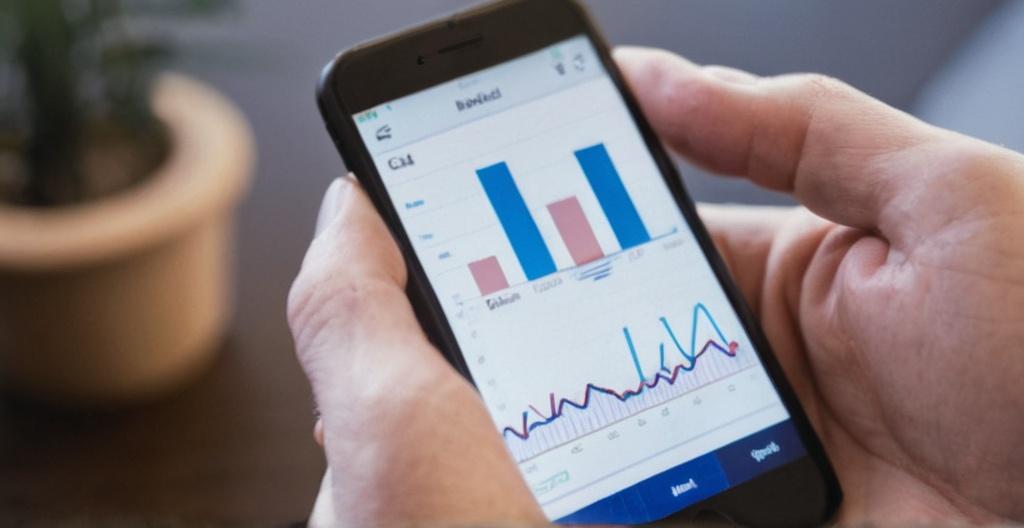Key Take Aways About Settlement Monitoring
- Settlement monitoring ensures the smooth exchange of cash and securities, preventing trade failures and liquidity issues.
- The process involves trade matching, clearing and settlement, exceptions management, and cash/stock management.
- Technology plays a crucial role by automating the tracking and reporting of settlements, minimizing manual errors.
- Challenges include market volatility, technical glitches, and counterparty risk, managed via risk strategies.
- The future may involve blockchain for enhanced transparency and cost efficiency in settlements.

Understanding Settlement Monitoring
In the trading universe, where precision is key, the concept of settlement monitoring often flies under the radar. But here’s the thing—it’s got a lot more to offer than just being a mundane part of the trading process. So, what’s the deal with settlement monitoring, and why should traders care?
Why Settlement Monitoring Matters
When traders execute a deal, the endgame is the settlement. It’s when the cash and securities change hands, and the transaction gets closed out. Think of settlement monitoring as the vigilant overseer ensuring nothing derails the process. A smooth settlement is vital to avoid the inconvenience of a failed trade, penalties, and liquidity issues. If you’ve been in the trading game for a while, you know that one hiccup can ripple through your entire portfolio.
The Mechanics of Settlement Monitoring
Okay, let’s break this down. Settlement monitoring involves keeping tabs on whether the necessary funds and assets are available and ready to be transferred between parties. This is typically done through automated systems that alert traders to potential issues. These systems keep an eye on settlement instructions, matching trades, and reconciliation of accounts. Sounds like a lot? It is, but automation takes the grunt work out.
Key Components of Settlement Monitoring
Here’s a quick rundown of what happens under the hood:
- Trade Matching: This is where trades are verified for accuracy against counterparties. Mismatched trades can lead to costly errors.
- Clearing and Settlement: It proceeds after matching, where the actual transfer of securities and cash occurs.
- Exceptions Management: This is the part where any discrepancies or issues are flagged for resolution.
- Cash and Stock Management: Ensures adequate funds and securities are available to fulfill settlement obligations.
The Role of Technology
With technology, we have sophisticated software solutions that track and report every minute detail of settlements. These systems can integrate with various trading platforms and provide real-time updates. The speed and accuracy of these systems can’t be understated. Imagine trying to manually track hundreds of trades daily. That’s a recipe for disaster—and a headache.
Risks and Challenges
Even with tight monitoring, risks linger. Market volatility can disrupt settlements, and technical glitches can cause delays. There’s also counterparty risk—if your counterpart can’t deliver, you’re in a pickle. Managing these risks requires vigilance and robust systems. Traders often employ risk management strategies to mitigate potential issues, like maintaining buffer funds and using netting arrangements.
Personal Take
From personal experience, I’ve seen how settlement monitoring can save the day. A couple of years back, a minor oversight in settlement instructions nearly led to a significant cash shortfall. Thanks to proactive settlement monitoring, the issue was spotted and fixed before it could balloon into something bigger. It was a lesson learned and one that underscores the value of having strong settlement monitoring in place.
Future of Settlement Monitoring
As the trading industry evolves, so does settlement monitoring. Blockchain and distributed ledger technology present new avenues to streamline settlements. These technologies promise increased transparency and reduced costs. There’s a growing interest in adopting these innovations to enhance efficiency in the trading sector. The timing is ripe for embracing these advancements.
Wrapping it Up
So, there you have it—an exploration of settlement monitoring without the jargon overload. It’s an unsung hero in the trading operations that ensures your trades don’t fall through the cracks. As trading continues to evolve, keeping a close eye on settlements becomes even more crucial. Who knows what future technology will bring, but one thing’s for sure: settlement monitoring will remain a cornerstone in the trading process.